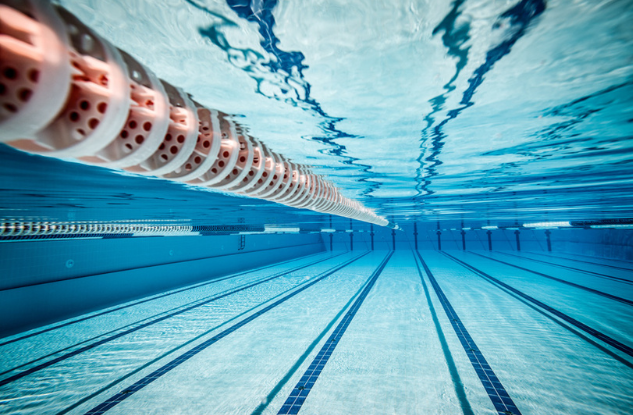As a runner, you’re always looking for ways to enhance your performance and prevent injuries. While running is the heart of your training, incorporating swimming as a cross-training activity can offer incredible benefits. This post explores why swimming is a superb cross-training choice for runners, helping improve overall fitness, aid recovery, and even boost running performance.
Low-Impact Conditioning
Swimming provides excellent cardiovascular benefits while being gentle on the body. Unlike running, which can be hard on your joints, swimming allows you to engage in intensive cardiovascular exercise without the impact. This makes it an ideal form of exercise for recovery days or for runners dealing with injuries.
Why It’s Beneficial: Regular swimming sessions help maintain and improve cardiovascular endurance without the additional stress on your skeletal system. This means you can continue to build endurance while giving your bones and joints a rest. Consider integrating a reliable waterproof fitness tracker to monitor your heart rate and track your progress in the pool.
Improved Oxygen Efficiency
One of the less obvious benefits of swimming for runners is the improvement in oxygen use. Swimming forces your body to adapt to a lower oxygen environment due to the breathing technique required in water. This adaptation can enhance your body’s ability to efficiently use oxygen while running.
Breathing Benefits: The controlled breathing in swimming increases lung capacity and teaches you how to breathe in a more controlled and effective manner. For runners, this means better breathing efficiency and delayed onset of fatigue. Enhance your swim sessions with a high-quality swim cap and goggles, to ensure a comfortable and effective workout.
Enhanced Core Strength and Stability
Swimming engages multiple muscle groups, especially the core, which is crucial for running efficiency. A strong core helps maintain proper running form, which can reduce the risk of injury and improve running efficiency.
Core Training in the Pool: The natural resistance of water makes swimming an excellent workout for strengthening the core muscles. Enhanced core strength from swimming translates to better posture and balance in running. To maximize your swimming workouts, consider using a resistance swim belt, which can help intensify your training sessions.
Injury Prevention and Recovery
Swimming not only helps prevent injuries by strengthening muscles and joints but also aids in the recovery process. The buoyancy of water reduces strain on injured areas, allowing for exercise without risk of further harm.
Recovery through Swimming: For runners who are recovering from injury, swimming can be a crucial part of the rehabilitation process. It allows you to maintain fitness without putting stress on the injured parts. A pair of ergonomic swim fins, can help maintain intensity without overloading the legs.
Mental Health and Stress Relief
Swimming is not only beneficial for physical health but also for mental well-being. The calming effect of water and the meditative nature of swimming strokes can significantly reduce stress levels.
Mind and Body Benefits: Incorporating swimming into your training can help manage stress, improve focus, and reduce the mental fatigue associated with long running sessions. Consider adding an underwater MP3 player to your swim gear to enjoy music while you train, making each swim session a rejuvenating experience.

Swimming is a powerful cross-training option that offers extensive benefits for runners. From enhancing cardiovascular health and oxygen efficiency to improving core strength and aiding in injury recovery, the advantages are compelling. Dive into swimming and watch as your running performance soars to new heights.












